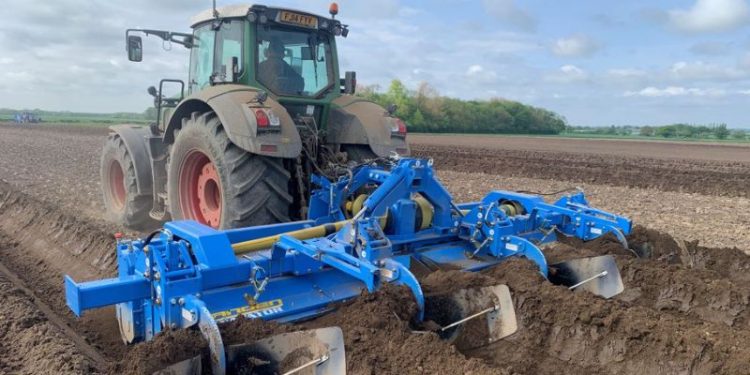Advanced Tilling Solution Promises Enhanced Efficiency for Potato Farmers
The latest update from Standen indicates that their Powavator HS400 rotary tiller will be available to growers in 2024. This highly anticipated equipment offers new features designed to improve efficiency and adaptability for different soil types and farming needs.
The Powavator HS400 is available in two-bed straddle and triple-bed configurations, allowing farmers to customize the machine to their specific requirements. However, the HS400 upgrade does not extend to the 400/140 two-bed folding variant, which remains in production.
Having undergone three seasons of field testing and numerous enhancements, the HS400 boasts several improvements. Notable among these are smaller side driveways that reduce maintenance and soil disturbance, a deeper hull design that increases space between the rotor and the hull, and a significant reduction in fuel consumption and tine wear—by approximately 25% and 50%, respectively.
Further advancements include an increased rotor speed from 266 rpm to 330 rpm, which provides a finer soil finish and allows for faster forward movement. Additionally, a new main gearbox is rated at 400hp and above, accommodating the demands of modern farming operations. The inclusion of 10 or 12mm “L” or speed blades with broader points caters to various soil conditions and stone volumes.
For planting systems that do not require a destoner, the Powavator HS400 offers an optional rear hood. It also features Shearbolt or Auto-Reset legs, enhancing its versatility.
“The new HS400 model’s improved capability also extends to the Powavator HS400 Bed Tiller, which combines the effectiveness of the rotary tiller with the bed forming capability of the Standen BX Bedformer series,” Standen representatives stated.
The Powavator HS400 series provides several working widths ranging from 1.8m to 6.0m, suitable for 72″ / 1.8m wheelings and 80″ / 2.0m wheelings, as well as various bed forming body/rear wheel configurations. Farmers can choose between manual or hydraulic parallel linkages to attach the body to the mainframe, or opt for a KW linkage arrangement, which allows for angle adjustment of the body.








